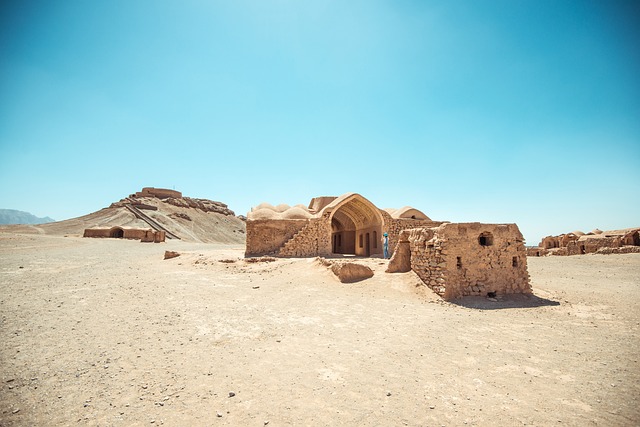At least two Iranian border guards died in fighting at the Sasuli border post in that skirmish, according to Iran’s state media. The renewed tensions were sparked by disagreements over a 1973 water rights treaty governing use of Helmand River resources, one that Iran says is being violated by Taliban leaders in Afghanistan despite the fact that Taliban official Amir Khan Muttaqi affirms Iran’s treaty rights.
Image by Serkan Turk from Pixabay
“Continuing to fill the diversionary Kamal Khan dam, deviate the natural course of the Helmand River and disrupt the river’s natural conditions, in addition to the non-cooperation of the Afghan authorities in determining the locations of water delivery and installing technical systems related to water level measurement, are clear violations,” the Iranians said in a statement.
The water resources are critical for people living in the increasingly drought-prone Sistan and Baluchestan regions, but the Sistan wetland ecosystem also supports flamingos, pelicans, and other migratory birds. And while the history of conflict over the Helmand River is long, the scenario is similar to conflicts over water in other regions of the world.
Tensions between Egypt, Sudan and Ethiopia over the latter’s Grand Ethiopian Renaissance Dam (GERD) and Blue Nile River resources haven’t been resolved in years, with both Egypt and Ethiopia threatening a military response at various points.
Last year, Russian troops destroyed a Dnieper River dam that diverted water away from Crimea and into Ukraine. Armed groups in Mali, Somalia and beyond destroyed water infrastructure needed by civilians. Mexico, Chile, Israel and Palestine, Kenya and Peru—the Water Conflict Chronology database lists hundreds of conflicts over water in the modern era, as well as across history.
Dr. Peter Gleick, co-founder of the Pacific Institute in the United States and author of “The Three Ages of Water,” warns that the frequency of water-related conflicts has grown in the past two decades. That’s due to violence in the Middle East, growing disputes during severe droughts over access to water in regions like India and Iran, and ethnic and community confrontations in sub-Saharan Africa.
In a February 2023 paper on the database, co-authored by Gleick and Morgan Shimabuku and published in the journal Environmental Research Letters, it’s the uneven access to fresh water around the world that makes it a strategic priority during conflict, as is the case along the Iran-Afghanistan border.
“Social, economic, and political challenges associated with freshwater resources pose a variety of severe risks to communities around the world, from water-related diseases, to crop failures, to ecological destruction, to actual violence,” the authors note. “The risks and incidences of water-related conflicts in recent years, when data are more available and consistent … are on the rise, and the factors driving such violence appear to be worsening.”
The Pacific Institute colleagues note that understanding the data can help to identify priority areas for conflict resolution. “By understanding the root causes of water conflicts, more effective strategies for reducing their probability and consequences can be developed and implemented,” the authors note.
Published under a Creative Commons Attribution 4.0 SA International license



 © 2025 All Rights Reserved
© 2025 All Rights Reserved